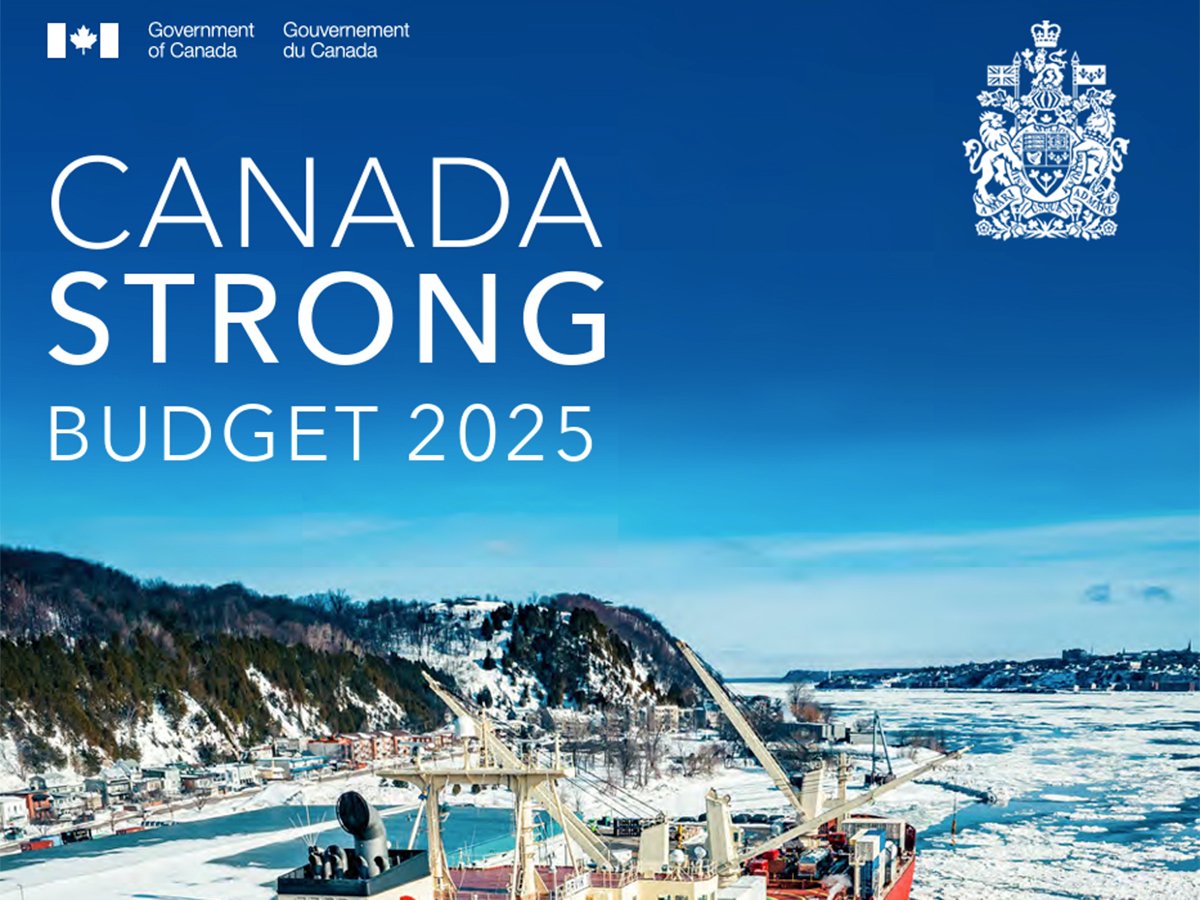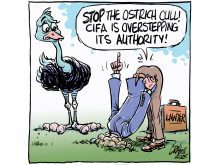IN SOME ways, the political earthquake of 2003 caught Canadians by surprise.
The descent of the country’s founding political party began with decimation of the Progressive Conservatives. The rise of regional politics came with the ascent of the Reform party and the Bloc Québecois.
The creation of the Liberals as the only “national” alternative began, despite the fact the party rarely had the support of more than four in 10 voters.
It was a nation-altering event.
Ten years later, Canadians are on another seismic fault line about to erupt.
Read Also

Budget seen as fairly solid, but worrying cracks appear
The reaction from the agriculture industry to prime minister Mark Carney’s first budget handed down November 4th has been largely positive.
But anyone caught by surprise by the earthquake that is about to roll through the political landscape in 2004 hasn’t been paying attention.
The next four months will redefine the Canadian political landscape in a more traditional mould.
When the votes are counted in May or June, Canada will have returned to something resembling a traditional (at least in 20th century terms) three-party state.
Paul Martin’s Liberals are poised to make significant gains in Quebec at the expense of the BQ and will probably gain more than a toehold in Western Canada. Quality candidates are lining up west of the Ontario-Manitoba border and some of them are bound to succeed.
The takeover of the Progressive Conservative party by the Canadian Alliance to form the Conservative Party of Canada cannot help but create a more nationally competitive opposition party. With a smattering of credible candidates in Ontario and several incumbent Tory MPs running in Atlantic Canada as Conservatives, there will be some victories.
This week when the first caucus of the Conservative party meets on Parliament Hill, it will be the first time the Reform/Alliance/Conservative forces in Parliament will have the luxury of asking for the opinions of MPs from eight provinces, missing only Quebec and Prince Edward Island.
The range may not be quite as diverse after the election but undoubtedly the Alliance four-province base will be expanded in the next Parliament.
Then there is the NDP, the party of Douglas and Broadbent, Caldwell and Woodsworth that has been reduced to irrelevant rump status for a decade.
There are clear signs that energetic and photogenic new leader Jack Layton is creating a buzz, attracting candidates, making the party relevant again, at least in the urban areas. The NDP will return to the House of Commons as a force to be reckoned with after May or June.
The clear prospect is for a Canadian Parliament this year that is less regional, less fragmented, less ideologically mushy.
There is a prospect that the next Parliament will have three parties that have a legitimate claim to national support and an opposition that is less divided, less regionally centred and more ideologically diverse.
It is a prospect of a system reinvigorated and a debate broader than what Canadians have witnessed in the past decade.
The chaos and lethargy of those 10 years served their purpose, exposing regional grievances within the traditional national parties and giving a minority government (by votes) a strong mandate to make tough decisions that would have been difficult in a more vigorous Parliament.
Now, it is time to restore and celebrate Canada’s national political debate and strength.














